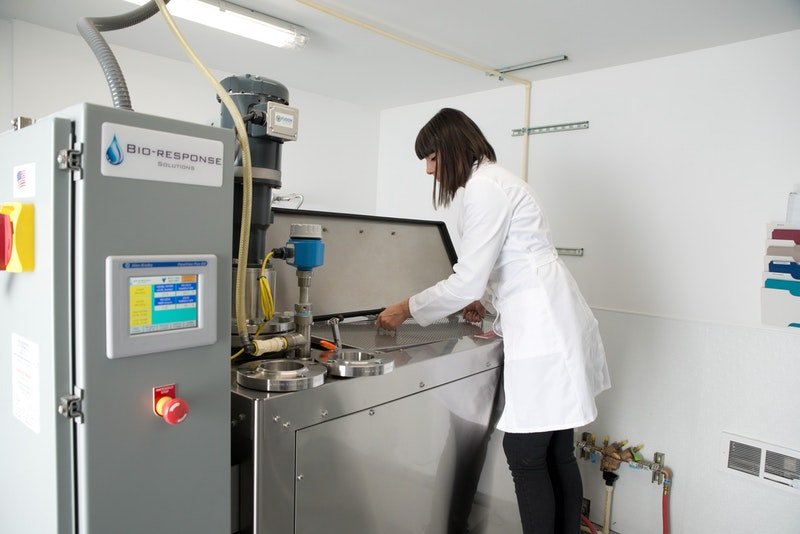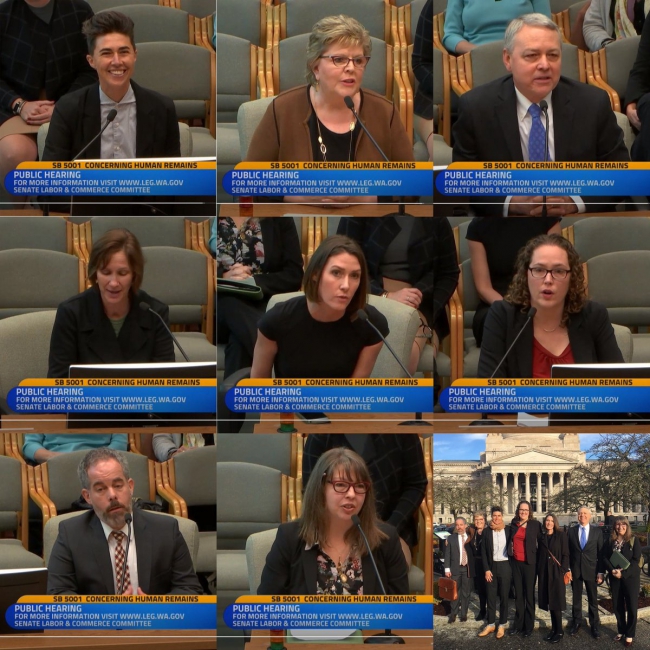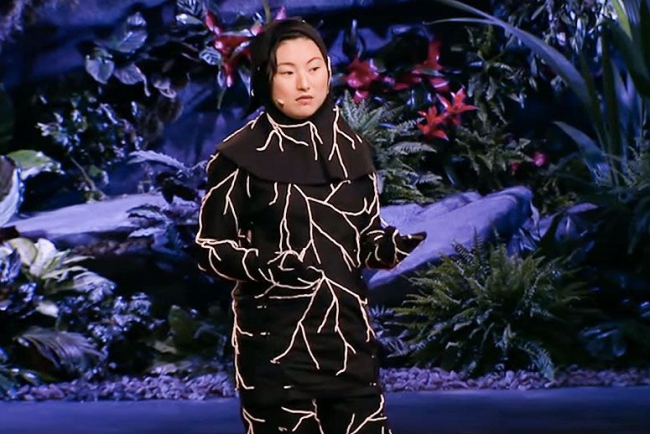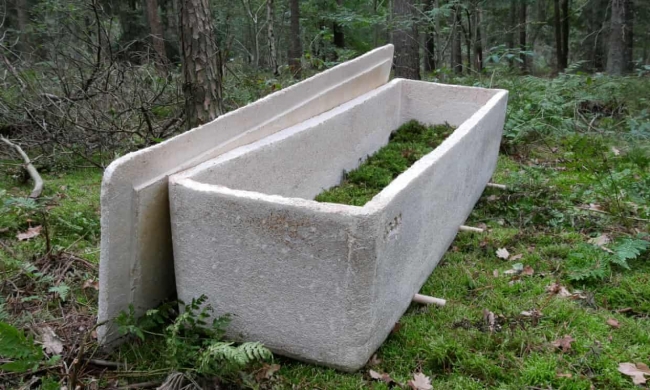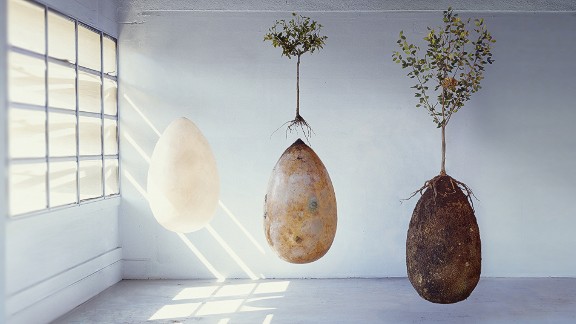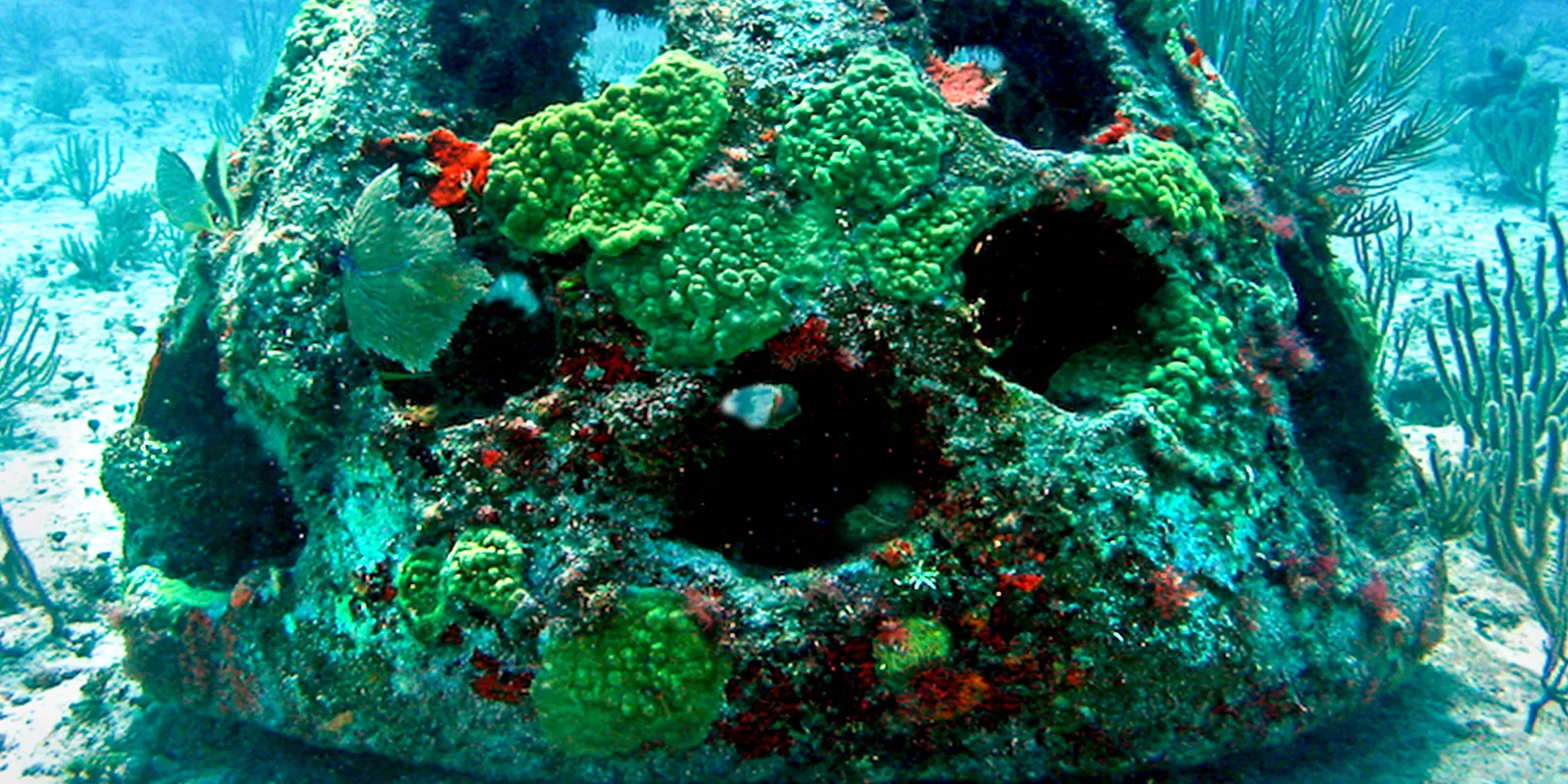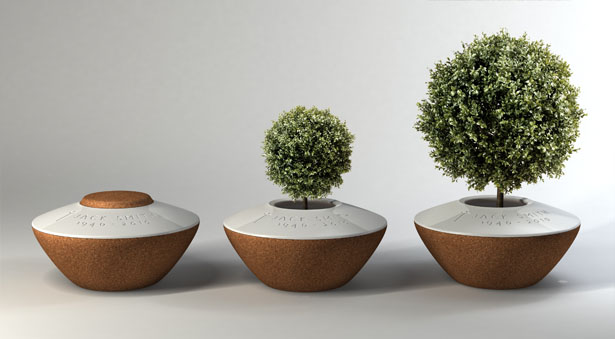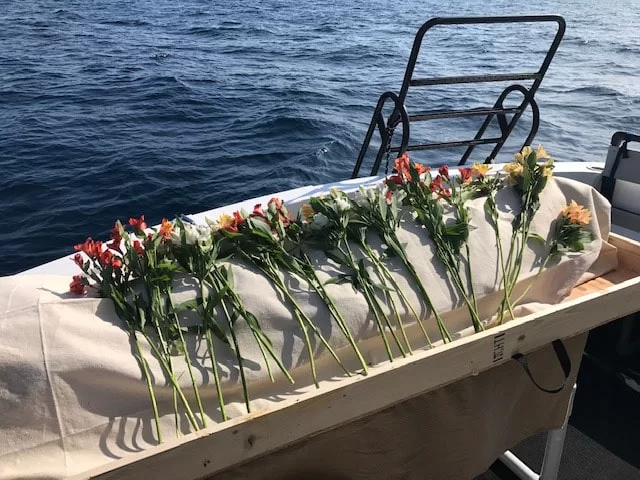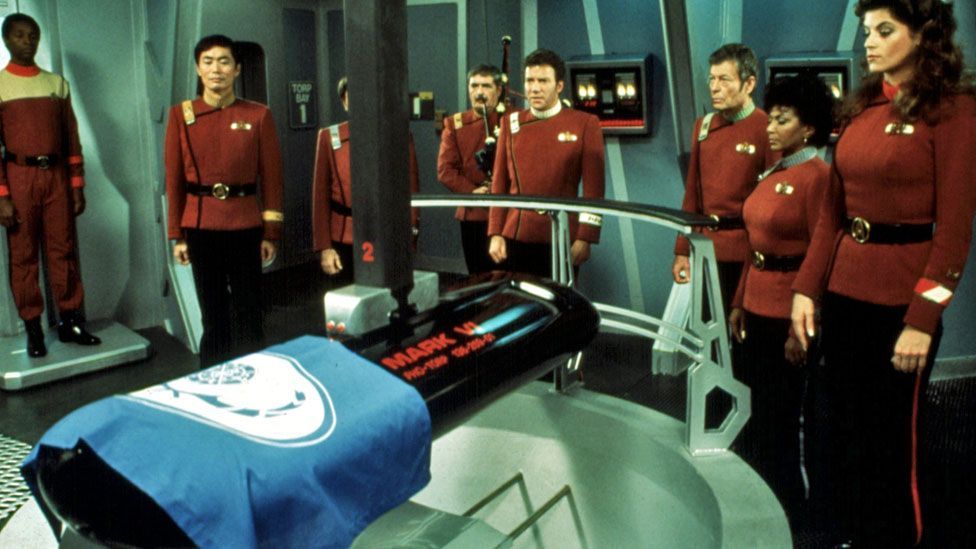Natural Organic Reduction (NOR) also known as human composting, uses the principles of nature, combining microbes, oxygen and plant matter to gently transform human remains into soil, so that our bodies can grow new life after we die. This process was developed by Founding Order Member Katrina Spade, through public benefit corporation, Recompose. As legalization spreads, other companies have also begun providing NOR services.
Just as with cremation or casketed burial, in states where NOR is legal an individual or their family would have the option of composting. Composting facilities are licensed, highly regulated, and run by professionals just like a crematorium or funeral home. Go behind the scenes with us as we visit a human composting facility.
The process of NOR can strengthen the environment by utilizing climate healing practices and moving away from toxic ones, and prioritizing soil health. Learn more about the environmental benefits of NOR through this graphic.
Learn more about how the composting process works here, and in A Project to Turn Corpses Into Compost.
Frequently Asked Questions
How does it work and is it safe?
NOR gently transforms human remains into soil in 4-6 weeks. Bodies are laid in large, individual vessels with straw, wood chips, and other natural materials. The decomposing process creates heat of over 131F, which kills viruses, bacteria, and pathogens, and exceeds EPA requirements for heavy metals, which are stabilized in the soil, not volatilized.
Microorganisms present in the process break down odorous gases into water and CO2. In addition, biofilters and mechanical ventilation are used to aerate the process and ensure that there is no smell.
The process to transform the whole body into soil, including bones and teeth, takes approximately 30 days.
What Happens to the soil?
Just as with cremation where the ashes are returned to the family, the soil is also returned to the family. The soil can be scattered like ashes, used to plant a tree or flower/native plant garden. In Washington, people have the option to donate the soil to a forest restoration project.
Legislation
A bill legalizing the process in Washington State passed in 2019, and as of January 2025, Maryland, Maine, Delaware, Colorado, Vermont, Oregon, California, Arizona, Nevada, and New York have also passed NOR bills bringing it to a total of twelve states. Currently, twelve states have NOR bills in process-find details and a complete list on Support Composting Legislation page.
After almost a decade of work and dedication, the first Recompose facility opened in Seattle in 2021. The first operating license for NOR was granted to green burial ground Herland Forest.
Want to know how you can support efforts to make NOR available in your state? Visit our Legislative Advocacy page or email us at info (at) orderofthegooddeath (dot) com to get involved. Or, listen to the How Human Composting Bill Becomes a Law episode of our podcast.


